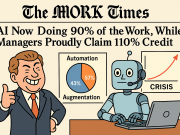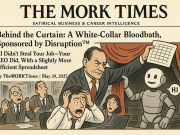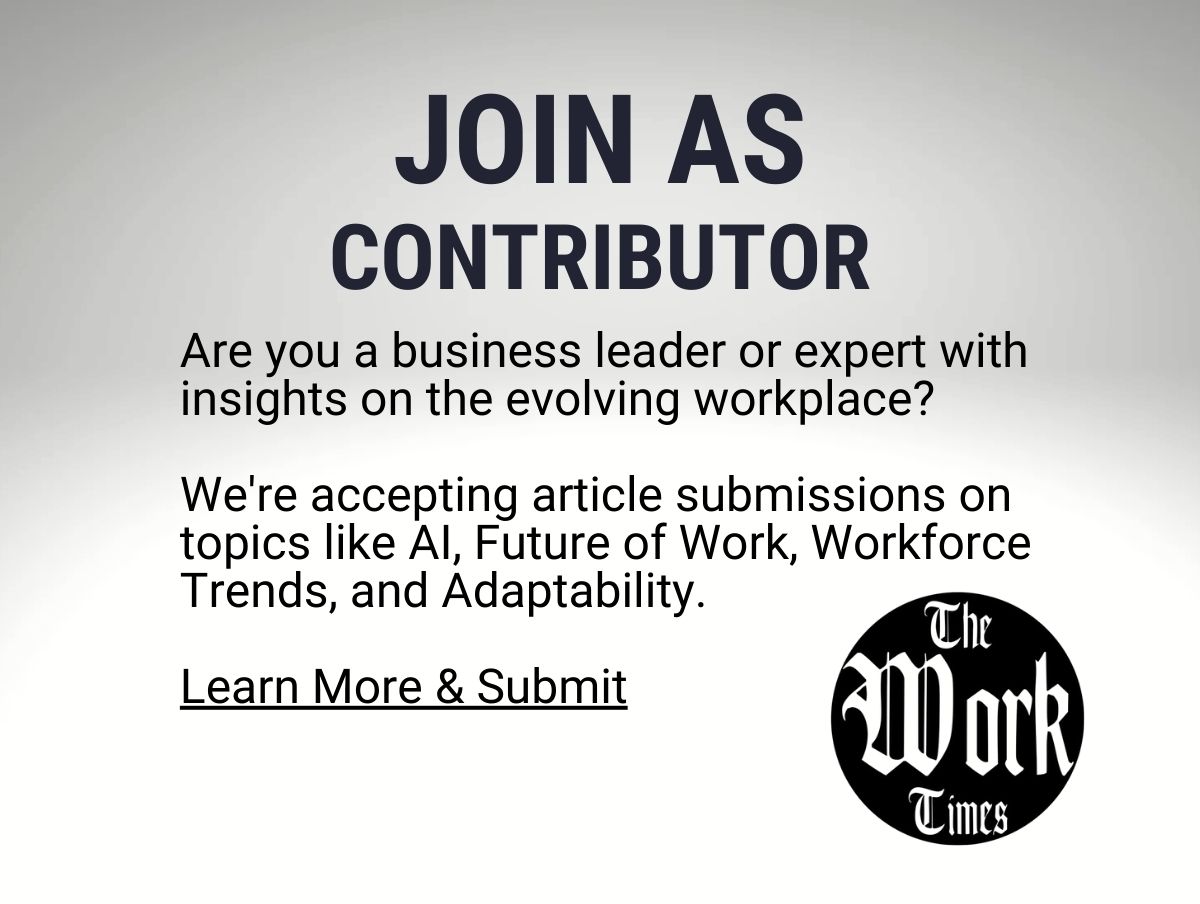Box’s Momentum: What a Beat-and-Guidance Raise Means for the Future of Work
When a company repeatedly outperforms expectations and turns that outperformance into a firmer, more optimistic outlook, it sends a signal that extends well beyond spreadsheets and ticker symbols. Box’s latest quarter — another beat on revenue and earnings followed by a raised full-year guidance — is one of those moments. For the community focused on how we work, store information, and get things done, it is a compelling data point about where enterprise infrastructure and collaboration are headed.
Beyond the Numbers: Why This Matters to Work
At first glance, earnings beats and guidance bumps are financial footnotes. Look closer, though, and you see a clearer story about adoption curves and priorities inside organizations. Companies are voting with budgets for platforms that manage content at scale: not just a place to store files, but a system that organizes knowledge, protects sensitive information, enables workflows, and integrates seamlessly with the tools teams use every day.
That shift — from storage to content services and platform thinking — is what the recent momentum reflects. Clients are moving past point solutions and investing behind platforms that can be extended, automated, and secured. For leaders wrestling with hybrid work, compliance, and digital transformation, that clarity is liberating. It means fewer bolt-on fixes and more consistent foundations to build on.
What Customer Momentum Looks Like
- Consolidation of point systems: Organizations are simplifying their architecture by centralizing where content lives and how it is governed. This reduces friction and risk.
- Platform-led buying: Rather than acquiring a dozen point tools, IT and business teams are choosing extensible platforms that accommodate integrations, APIs, and custom workflows.
- Security and compliance as selling points: Mature governance, encryption, and auditability are increasingly non-negotiable, and vendors that lead here start to look like strategic partners rather than vendors.
- Value of metadata and search: Firms that can surface context around content — ownership, lifecycle, related processes — turn storage into intelligence.
Those patterns explain how a content-focused provider can capture renewed enterprise momentum. They also indicate a change in how work gets organized: content becomes not just an output, but an input for automation, analytics, and decision-making.
Implications for IT, Leaders, and Practitioners
For the work community — CIOs, product managers, compliance officers, and everyday knowledge workers — these outcomes have practical implications.
- Architectural confidence: A trusted content platform reduces the number of single-point failures in an organization’s stack. That enables teams to design workflows that rely on consistent content access, attribution, and governance.
- Faster innovation cycles: When content lives on a platform with rich APIs and partner integrations, organizations can prototype automation and collaboration flows much more quickly, accelerating time-to-value.
- Stronger compliance posture: Consolidation onto platforms with enterprise-grade controls simplifies audits, breach response, and policy enforcement across distributed teams.
- Economies of scale: Platform consolidation often reduces overhead costs tied to training, support, and license sprawl, freeing up teams to invest in higher-value initiatives.
What This Means for the Partner and App Ecosystem
Platform momentum breeds a richer ecosystem. When a platform shows consistent adoption, third-party developers and systems integrators invest time and capital to extend it. That has several effects:
- More native integrations into collaboration suites, CRM systems, and productivity tools.
- Verticalized applications that address industry-specific requirements like healthcare records, legal matter management, or financial reporting.
- Marketplace dynamics where customers can pick certified solutions rather than custom builds, reducing deployment risk and accelerating outcomes.
For organizations evaluating partners, this creates an opportunity: focus on integrations that preserve data governance and portability, while unlocking specialized workflows that fit your business processes.
Where AI and Automation Fit In
The conversation about content platforms today cannot avoid artificial intelligence and automation. As content becomes indexed, tagged, and connected to processes, it provides the raw material for models that can summarize, classify, and surface insights at scale. But the real value lies in practical automation: routing documents for approval, extracting contract clauses, or generating summaries that accelerate decision-making.
When those capabilities sit on a secure, governed platform, organizations can apply them with confidence. That reduces the governance trade-offs that have plagued early AI adoption and allows teams to focus on outcomes instead of controversy.
Signals for Decision-Makers
For those building the future of work, the lessons are concrete:
- Re-evaluate your content architecture. Where are the friction points? What would change if content, security, and workflows lived on a single platform?
- Prioritize platforms that offer extensibility. A marketplace and strong API surface are more valuable than the flashiest feature set.
- Invest in governance early. The worst time to solve compliance is after a breach or audit failure. Design controls into your platform decisions from day one.
- Think in outcomes, not features. Look for measurable gains in cycle time, audit readiness, and cross-team collaboration.
The Larger Cultural Shift
Beyond technology, this moment highlights a broader cultural evolution in how organizations treat information. Content is no longer an afterthought or a passive byproduct of work. It is an asset to be curated, analyzed, and leveraged. That requires new habits: consistent naming conventions, disciplined lifecycle management, and an appreciation for the long-term returns of good information hygiene.
Companies that cultivate those habits create compounding advantages. Search works better, onboarding is faster, legal risk is lower, and cross-functional teams can move from data retrieval to value creation.
Conclusion: Momentum as an Invitation
Box’s beat-and-guidance raise is more than a quarterly headline. It is a signal that enterprises are ready to invest in platforms that anchor the modern workplace: secure, extensible, and designed to turn content into action. For the work community, that momentum is an invitation — an opportunity to rethink architecture, deepen governance, and harness automation in ways that make teams more resilient and productive.
As organizations navigate hybrid models, regulatory complexity, and a relentless appetite for productivity, platforms that align content, processes, and people will be the places where value is created. The current moment is not merely a milestone for a company; it is a turning point for how we build the infrastructure of work itself.




























